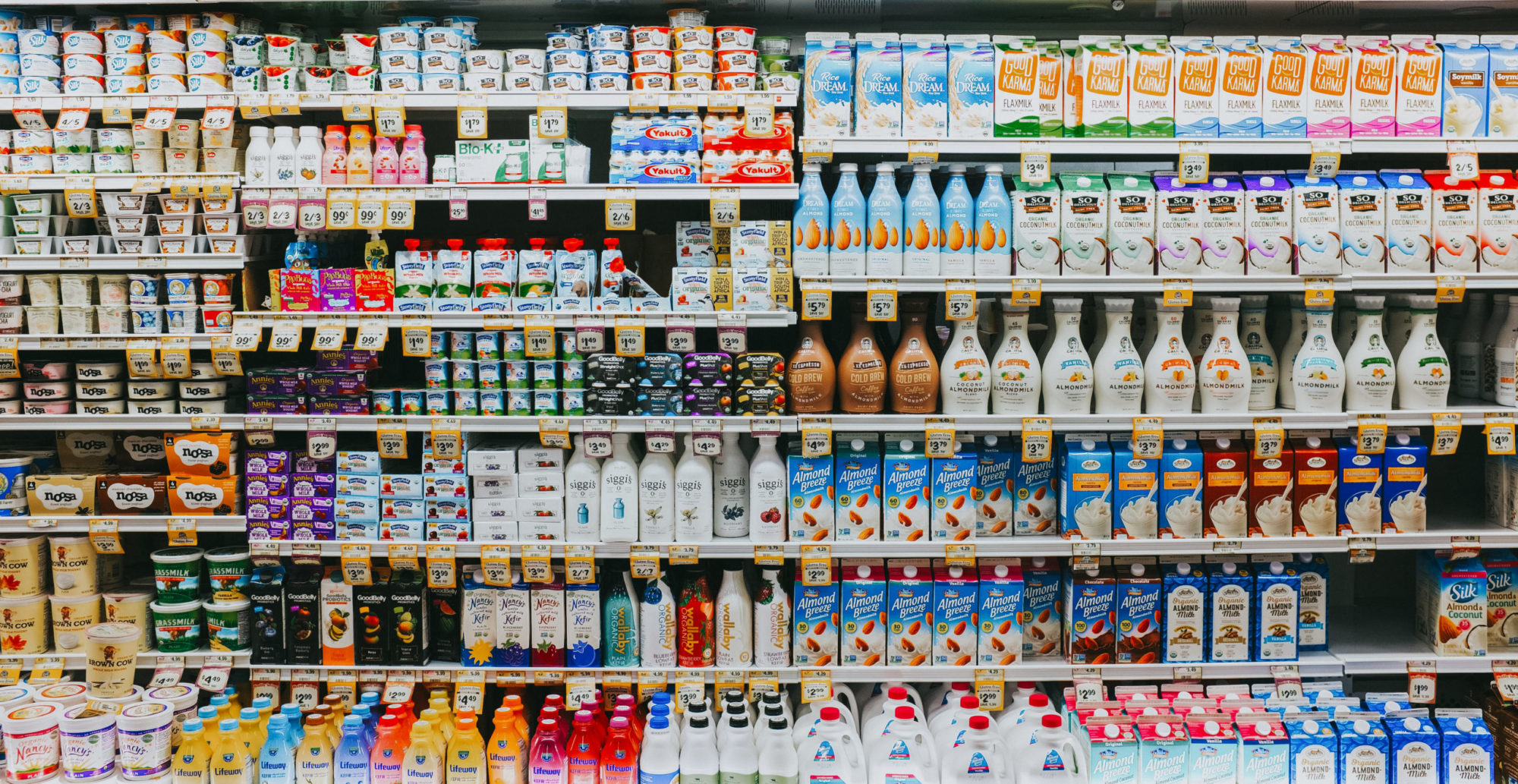Picture this: you are walking through the store, trying to find a basic household staple such as laundry detergent. In the end, you are stuck trying to choose between two options. The one that catches your eye has new packaging, showing flowers and rolling green grass. The description of the product declares that it is “environmentally friendly” and “100% natural and organic”. Sounds perfect! Based on the advertising and description of the product, you’ve decided to buy it in order to support sustainability.
This situation is becoming increasingly common. However, there is a catch: sometimes, products advertised as “environmentally friendly” are anything but. This is an example of greenwashing, and it is a sustainability issue that more consumers need to be aware of.
What You Need to Know About Greenwashing
Greenwashing is a marketing and PR tactic in which companies give off false impressions and misleading information in order to appear more environmentally friendly. In reality, the products being advertised are not any more sustainable or eco-friendly than their typical counterparts.
These days, consumers are more likely to go for sustainable options. A 2019 study from Southern Cross University found that 77 percent of participants wanted to learn more about living sustainably, and 93 percent indicated a general concern for the environment.
Companies hoping to capitalize on this concern may use buzzwords that are associated with a clean environment, such as: eco-friendly, sustainable, organic, or free of chemicals. Consumers browsing these products will see these words, usually accompanied by green packaging showing natural flora and fauna, and associate the product with sustainable living. Unfortunately, these claims can be exaggerated or even falsified completely.
One example of company-wide greenwashing occurred back in 2016 when oil giant Exxon Mobil campaigned in a series of commercials about company research on turning algae and plant waste into sustainable biofuel. The campaign implied that ExxonMobil was making strides towards sustainability and pulling away from nonrenewable resources. In reality, the company is expected to increase fossil fuel production in the next decade.
Greenwashing Encompasses Many Industries
Simply knowing that greenwashing exists is only the first step. Unfortunately, greenwashing is evident across the board in a wide variety of products. In order to learn how to spot it and avoid it, there should also be awareness of the specific form it takes in various industries.
When it comes to food and drink, there is a greater emphasis on organic material. It makes sense – sustainability is important to consumers in all industries, but there is an added layer of concern when it comes to food. The implication is that natural foods are healthier, and so these products target the health-conscious as well as the environmentally-conscious.
Greenwashing in the food industry often amounts to claims that products such as fruit and vegetables are “locally grown and sourced”. However, these claims are often impossible to verify, therefore giving the general impression of freshness without needing to prove anything.
In recent years, Frito-Lay came out with a line of Natural Lay’s Potato Chips, touted as healthier options. The chips are shaped differently and the packaging is meant to evoke a simpler alternative to other potato chips. The chips were not any healthier than other options– they were just packaged differently.
Another example is Fiji Water, a company that produces plastic water bottles and runs advertisements that emphasize natural landscapes and unpolluted land. These ads become more insidious when it is revealed that Fiji Water leaves a negative environmental impact in the exact landscapes it advertises.
These tactics are evident all over, including in the beauty and fashion industries. The strategy of greenwashing relies on using words that are hard to define – “natural” and “clean” are tricky words that aren’t regulated by the law, which allows companies to make these claims without providing certifications or evidence.
Knowing and Avoiding Greenwashing
Now that you’re aware of greenwashing and the various forms it takes, how can you make sure to avoid such products and determine which ones can back up the claims they make?
The first step is to avoid being drawn in by advertisements and packaging. Earthy colors and patterns of flowers may seem eco-friendly, but you will need to actually examine the product to determine if it lives up to what it implies. Checking the ingredient list of a food or beauty product against a typical counterpart can usually reveal whether or not substantial changes have been made.
If possible, check for verifications or certifications from third-parties existing outside the company. These can serve as proof or evidence of the claims made. For food products, one example would be a sticker from USDA Organic. When it comes to products like cars or transportation, check for verification from the Carbon Trust Standard in order to verify claims about lowered carbon emissions.
It may require more effort than simply selecting a product and buying it, but it is important to send a message to companies that more changes need to be made than simply adjusting the packaging. In order to ensure that actual environmental changes are ushered in, we must be more aware of the hidden nature of greenwashing and how to avoid falling for it.
Learn more about greenwashing and the environment with Novel Hand!
LEED: Greenwashing or Good for the Planet?
100 Companies Produce 71 Percent of Global Emissions – But What Does That Really Mean?
- Period Poverty and Stigma: Combating Menstrual Inequality - April 14, 2021
- What Exactly is Greenwashing? - March 31, 2021
- What You Need to Know About Period Poverty - March 17, 2021
